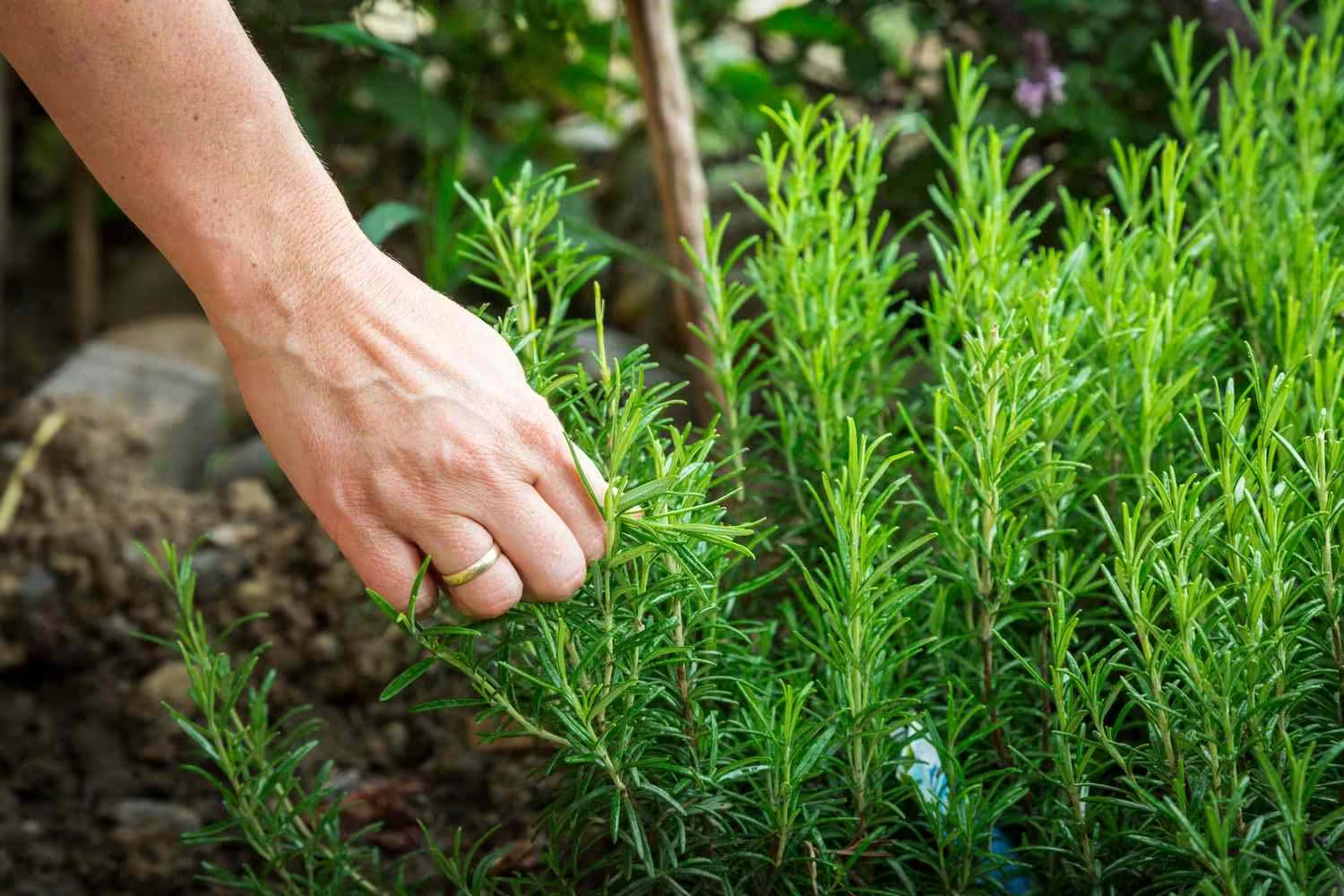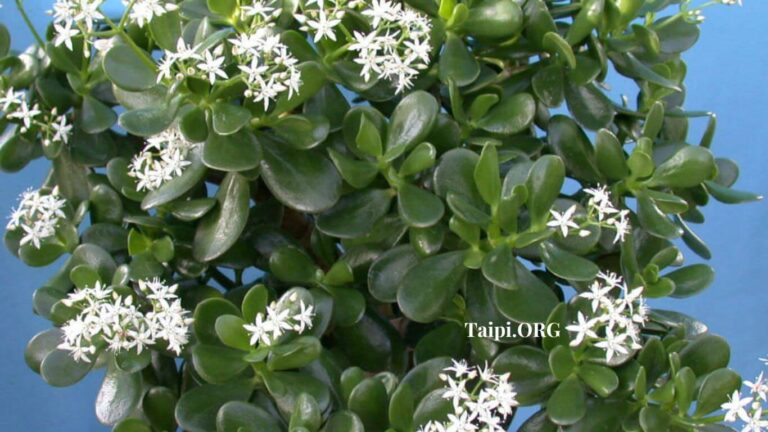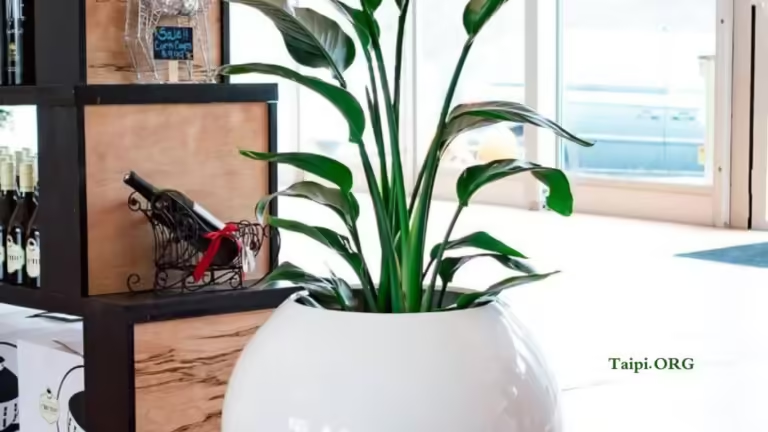11 Indoor Plants That Repel Bugs
LIVING in a bug-free environment is essential for maintaining both comfort and health in your home. Not only do insects cause discomfort and annoyance, but they can also be vectors for diseases and allergens.
One natural and aesthetically pleasing way to achieve a bug-free home is by incorporating plants that keep bugs away indoors. These indoor plants that keep bugs away not only enhance your home’s decor but also act as effective indoor plants that repel bugs.
Here are ten bug repelling plants that you can use to create a serene and insect-free indoor space.
Short Answer
Some of the indoor plants that repel bugs include Lavender, Mint, Basil, Marigold, Lemongrass, Rosemary, Chrysanthemum, and Sage.
11 Little-Known Plants That Deter Bugs from Your Yard
Related: How to Get Rid of No-See Ums in Yard
Now, let’s look at some indoor plants to repel bugs you should bring into your house and how to care for them.
1. Lavender (Lavandula angustifolia)
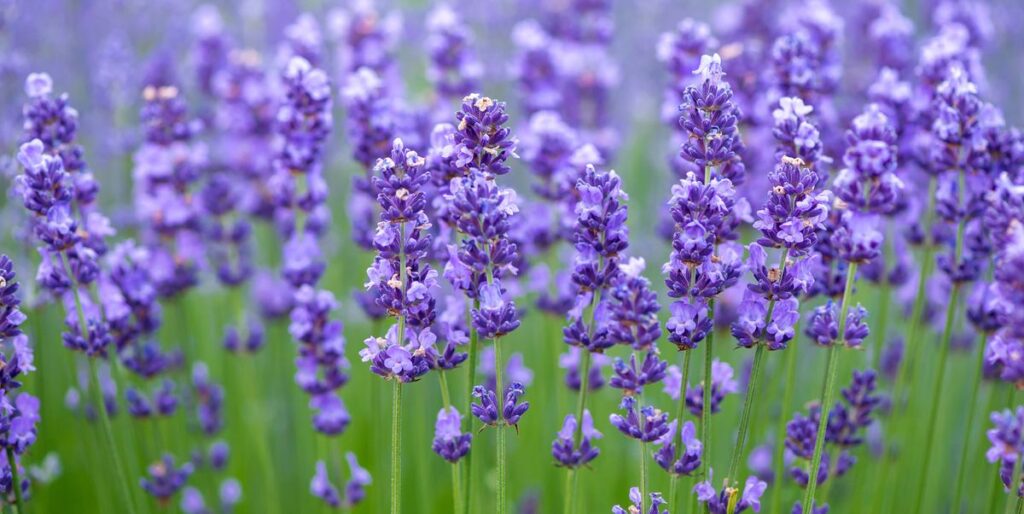
Lavender is one of the plants that repel bugs indoors thanks to its calming scent.
Repels: Moths, fleas, flies, and mosquitoes.
- Ideal Hardiness Zone: 5-9
- Light Requirements: Full sun
- Water Requirements: Moderate; allow the soil to dry out between waterings
- Additional Notes: Lavender can also repel fleas, making it a great addition for pet owners.
2. Basil (Ocimum basilicum)
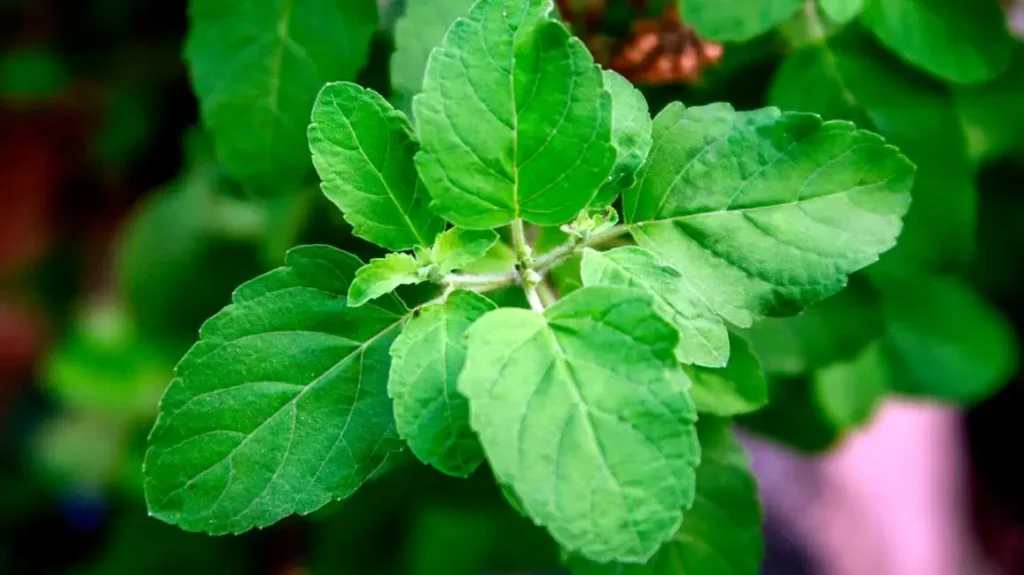
Basil is not only a culinary herb but also a powerful bug repelling plant. Its strong scent deters flies and mosquitoes, making it an excellent choice for the kitchen.
Repels: Flies and mosquitoes.
- Ideal Hardiness Zone: 10-11
- Light Requirements: Full sun to partial shade
- Water Requirements: Keep the soil consistently moist but not waterlogged
- Additional Notes: Basil also repels whiteflies and can be used to make natural insect-repellent sprays.
3. Mint (Mentha spp.)

Mint is a versatile plant that can repel various insects, including ants, mosquitoes, and spiders. Its invigorating scent is both refreshing and effective at keeping bugs at bay.
Repels: Ants, mosquitoes, and spiders.
- Ideal Hardiness Zone: 3-8
- Light Requirements: Full sun to partial shade
- Water Requirements: Consistently moist soil
- Additional Notes: Mint is invasive and should be grown in pots to prevent it from spreading uncontrollably.
4. Rosemary (Rosmarinus officinalis)
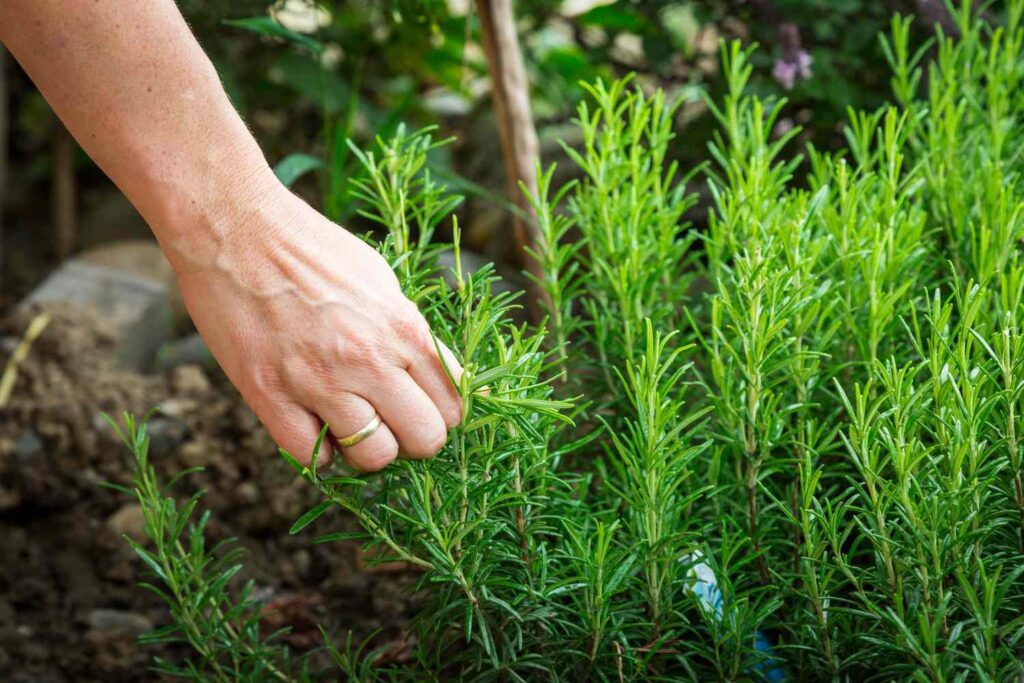
Rosemary is another herb that serves dual purposes as a culinary ingredient and a bug repelling plant. Its strong scent deters mosquitoes and other insects.
Repels: Mosquitoes and other harmful insects.
- Ideal Hardiness Zone: 7-10
- Light Requirements: Full sun
- Water Requirements: Allow the soil to dry out between waterings
- Additional Notes: Rosemary also repels cabbage moths, thus saving your cabbages, which are high in Vitamins C and K, and carrot flies.
5. Lemongrass (Cymbopogon citratus)
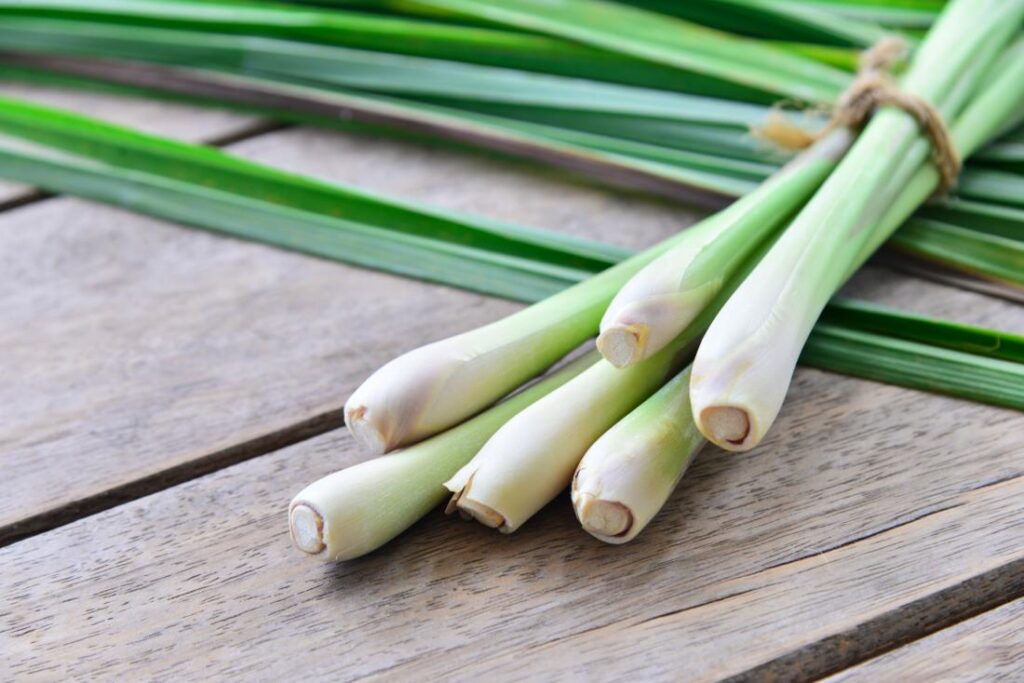
Lemongrass contains citronella, a well-known natural mosquito repellent. This mosquito repellent plant is perfect for creating a bug-free indoor environment.
- Ideal Hardiness Zone: 10-11
- Light Requirements: Full sun
- Water Requirements: Keep the soil moist but not waterlogged
- Additional Notes: Lemongrass also repels ticks and fleas.
Repels: Mosquitoes.
NB. Ensure you use containers with good drainage.
6. Marigold (Tagetes spp.)
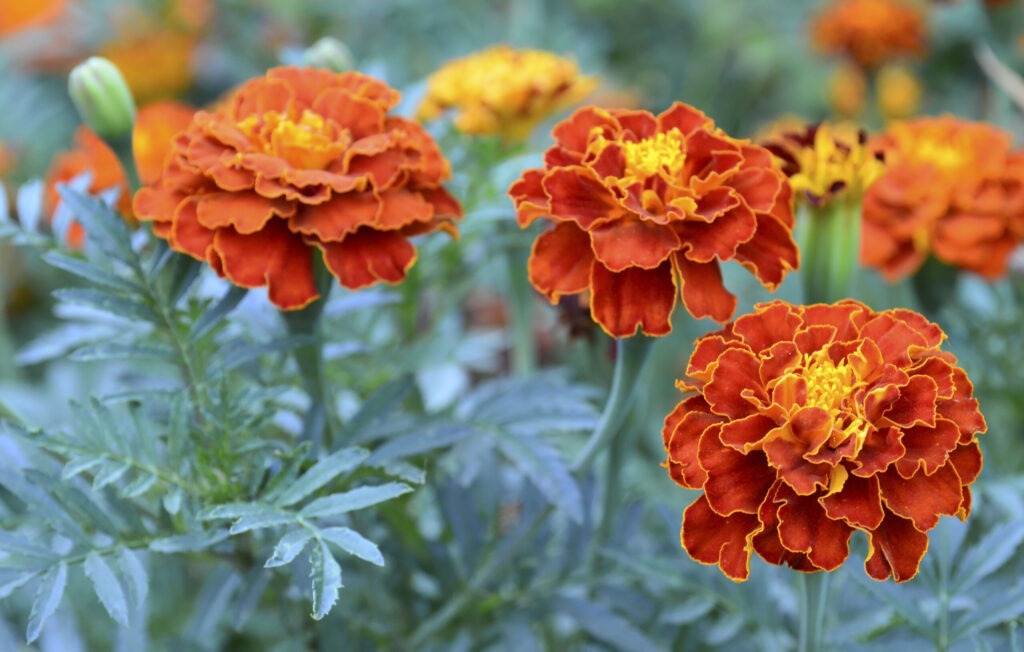
Marigolds are not only vibrant and colorful but also excellent at deterring pests.
These plants emit a scent that deters mosquitoes, aphids, and other insects. These potted plants that repel mosquitoes are a colorful and effective addition to your indoor garden.
Repels: Mosquitoes, aphids, and other insects.
- Ideal Hardiness Zone: 2-11
- Light Requirements: Full sun
- Water Requirements: Water regularly, keeping the soil moist
- Additional Notes: Marigolds also repel nematodes and are often used in vegetable gardens to protect crops.
7. Catnip (Nepeta cataria)
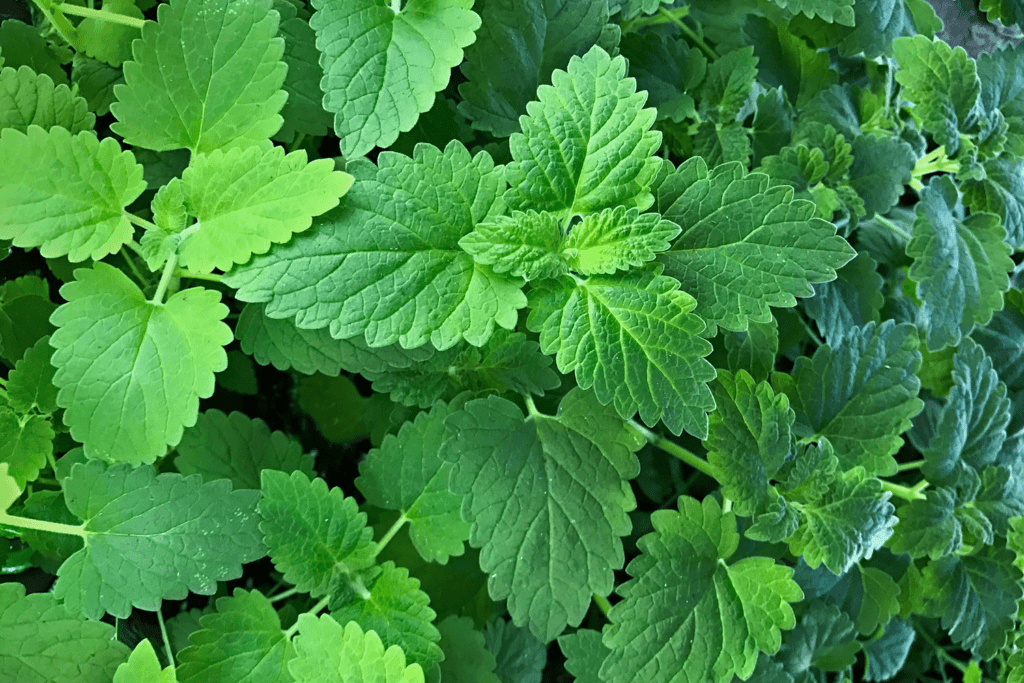
Catnip is a member of the mint family.
Thanks to its active ingredient, nepetalactone, the plant is highly effective at repelling mosquitoes and other insects. This plant that keeps bugs away is also loved by cats.
Repels: Mosquitoes, cockroaches, and flies.
- Ideal Hardiness Zone: 3-9
- Light Requirements: Full sun to partial shade
- Water Requirements: Keep the soil consistently moist
- Additional Notes: Catnip is more effective than DEET in repelling mosquitoes.
8. Chrysanthemum (Chrysanthemum morifolium)
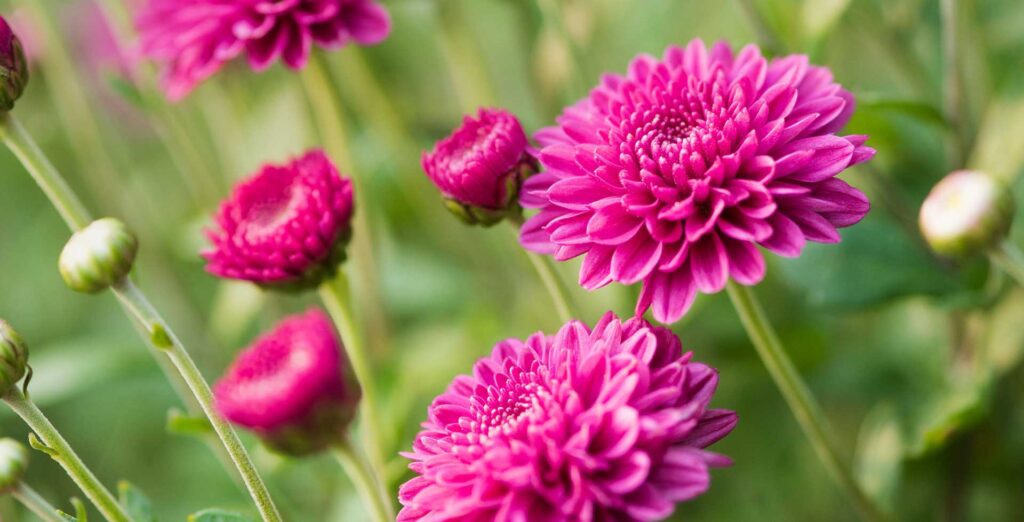
Chrysanthemums contain pyrethrum, a natural insecticide that repels various insects, including ants, roaches, ticks, fleas, and bedbugs.
Repels: Ants, ticks, fleas, and cockroaches.
- Ideal Hardiness Zone: 5-9
- Light Requirements: Full sun
- Water Requirements: Keep the soil evenly moist
- Additional Notes: Chrysanthemums are often used in natural insecticide sprays.
9. Petunia (Petunia spp.)
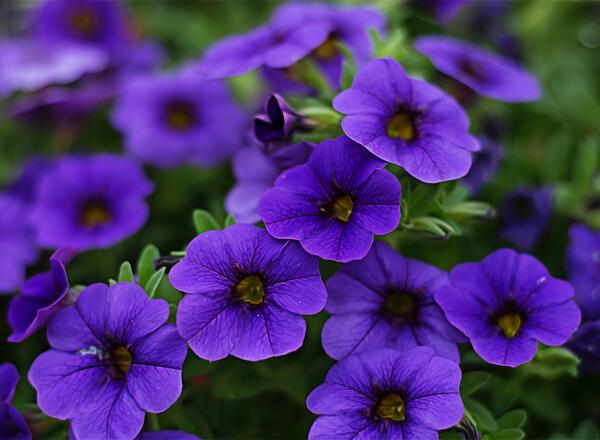
Petunias are not only beautiful but also practical for pest control.
Repel: Aphids, certain types of worms, including tomato hornworms, asparagus beetles, leafhoppers, and squash bugs.
Ideal Hardiness Zone: 10-11 (grown as annuals in cooler zones)
Light Requirements: Full sun to partial shade
Water Requirements: Keep the soil consistently moist, but not waterlogged
Petunias can also attract beneficial insects such as bees and butterflies, making them a great addition to any garden.
10. Geranium (Pelargonium spp.)
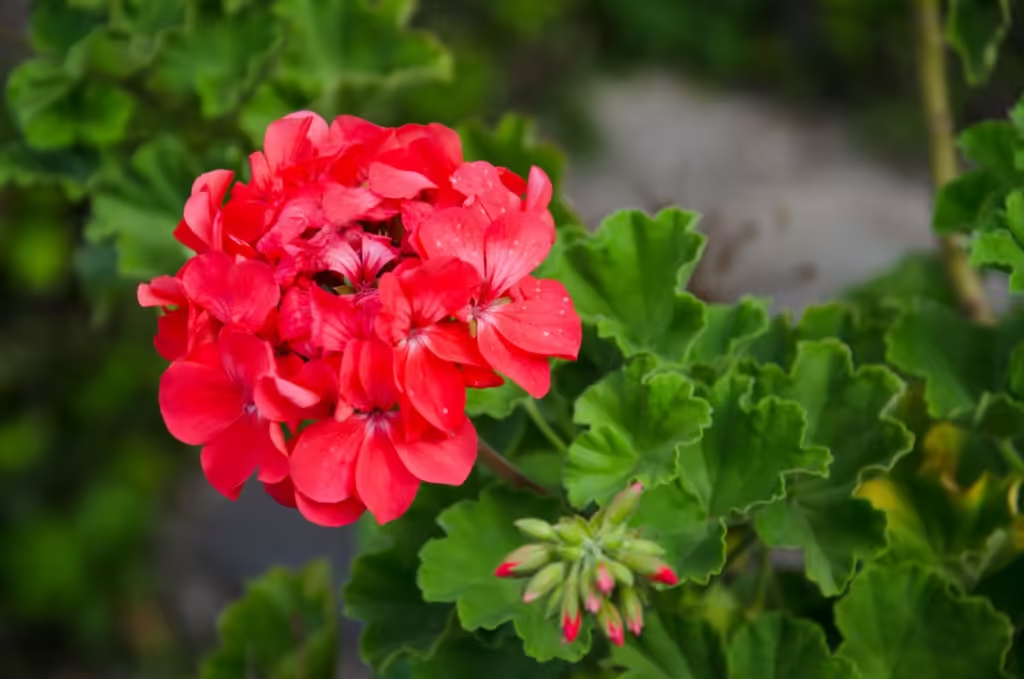
Geraniums, especially those with a lemon scent, are effective at repelling mosquitoes and other insects. These bug repelling plants are also attractive and easy to care for.
Repels: Mosquitoes and insects
- Ideal Hardiness Zone: 9-12
- Light Requirements: Full sun to partial shade
- Water Requirements: Allow the soil to dry out between waterings
- Additional Notes: Geraniums can also repel cabbage worms and other garden pests.
11. Peppermint (Mentha piperita)
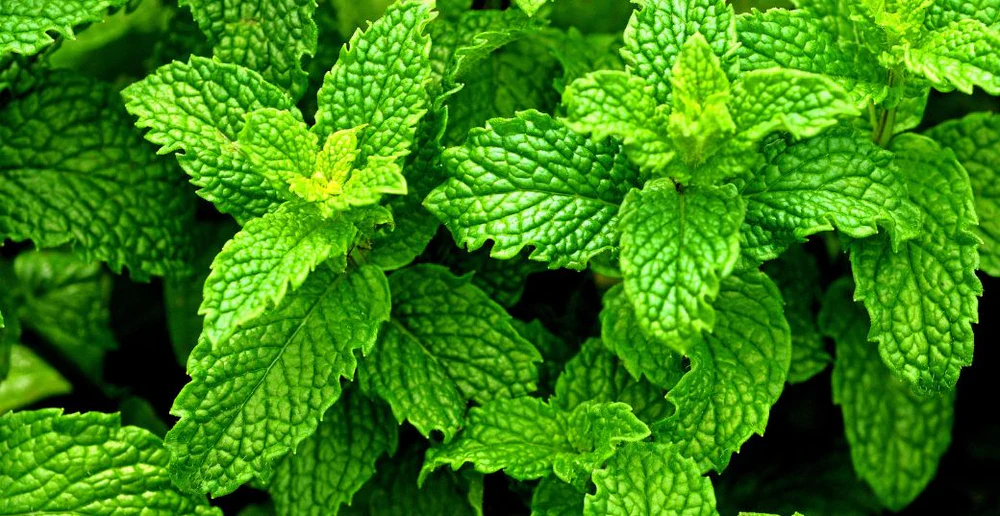
Peppermint’s strong scent repels ants, spiders, and mosquitoes. This indoor plant that repels bugs is not only effective but also offers a refreshing aroma.
Repels: Mosquitoes, ants, spiders, cockroaches, flies, and mice.
- Ideal Hardiness Zone: 3-8
- Light Requirements: Full sun to partial shade
- Water Requirements: Keep the soil consistently moist
- Additional Notes: Peppermint can also be used to make natural insect repellent sprays.
Although I have tried to list indoor plants that repel bugs, you may still have burning concerns. The following part answers some of the pressing questions about plants that deter bugs.
Frequently Asked Questions (FAQs)
Q: How do indoor plants repel bugs?
A: Indoor plants repel bugs through natural chemicals and essential oils they release, which are unappealing or toxic to insects. For example, lavender releases linalool and linalyl acetate, which deter mosquitoes and moths.
Q: Do these plants require special care to maintain their bug-repellent properties?
A: Generally, no special care is required beyond typical plant maintenance. However, ensuring the plants are healthy is crucial because stressed or unhealthy plants may not produce as much of the repellent compounds. Regular watering, proper light, and appropriate soil conditions are essential.
Q: Can these plants eliminate the need for chemical insecticides?
A: While these plants can significantly reduce the presence of insects, they might not eliminate the need for chemical insecticides in severe infestations. They are best used as part of an integrated pest management strategy.
Q: Are these plants safe for pets?
A: Some plants, like lavender and rosemary, are generally safe for pets. However, others, such as chrysanthemums and mint, can be toxic to cats and dogs if ingested. Always check the specific plant’s safety for pets before bringing it into your home.
Q: How should I place these plants for maximum effectiveness?
A: Place these plants in areas where insects are likely to enter or congregate, such as near windows, doorways, and kitchens. Grouping several plants can also enhance their repellent effect.
Q: Do these plants have any additional benefits besides repelling bugs?
A: Yes, many of these plants have multiple benefits:
- Lavender: Promotes relaxation and improves sleep quality.
- Basil: Adds flavor to culinary dishes.
- Mint: Can be used in teas and as a garnish.
- Rosemary: Enhances the flavor of various foods.
- Lemongrass: Used in cooking, particularly in Asian cuisines.
- Chrysanthemum: Improves air quality and has beautiful blooms.
Compare: 10 Benefits of Indoor Plants
Q: Can I grow these plants from seeds, or should I buy established plants?
A: You can grow many of these plants from seeds, cuttings, or by purchasing established plants. Growing from seeds can be more economical but requires more time and patience. Established plants offer immediate benefits and are often easier for beginners.
Q: What are the common problems faced when growing these plants indoors?
A: Common problems include insufficient light, over or under-watering, poor soil drainage, and pests like aphids or spider mites. Ensuring proper care and monitoring can prevent most issues.
Q: Do these plants lose their bug-repellent properties over time?
A: If the plants are well-maintained and healthy, they should continue to repel bugs effectively. However, older plants or those that are stressed or unhealthy may produce fewer repellent compounds.
Q: Can I use plant extracts or oils for bug-repellent purposes?
A: Yes, extracts and essential oils from these plants can be used as natural insect repellents. For example, lavender oil can be applied to the skin (diluted with a carrier oil) or diffused in the air to repel mosquitoes. Similarly, basil and mint oils can be used in sprays.
Q: How often should I water these indoor plants that keep bugs away?
A: The watering needs vary among different bug repelling plants. Generally, herbs like basil and mint prefer consistently moist soil, while plants like rosemary and lavender thrive in well-drained soil and can tolerate periods of dryness. Always check the specific water requirements for each plant and adjust accordingly.
Q: Can these plants repel roaches effectively?
A: Yes, certain plants, such as chrysanthemum and catnip, are known to be effective plants that repel roaches. Chrysanthemums contain pyrethrum, a natural insecticide that deters roaches, while catnip’s active ingredient, nepetalactone, is known to repel various insects, including roaches.
Q: Are these plants safe for pets?
A: Some plants that keep bugs away are safe for pets, while others can be toxic. For example, catnip is safe for cats, and lavender is generally non-toxic to pets. However, plants like rosemary and mint can cause mild stomach upset if ingested in large amounts. Always check the toxicity of each plant if you have pets at home.
Q: Do these plants also work as mosquito repellent plants outdoors?
A: Yes, many of these plants that keep mosquitoes away are effective both indoors and outdoors. Plants like lemongrass, marigolds, and peppermint can be placed outside to repel mosquitoes and other insects in your garden or patio area.
Final Word
Creating a bug-free environment in your home doesn’t have to involve harsh chemicals or unsightly traps.
Incorporating these plants that keep bugs away indoors allows you to enjoy a natural and aesthetically pleasing solution to common insect problems.
These indoor plants that keep bugs away enhance the beauty of your living space and provide a fragrant and effective defense against pests.
Numerous options suit your needs, from mosquito-repellent plants like lavender and lemongrass to potted plants that repel mosquitoes, such as marigolds.
Embrace the power of nature with these indoor plants that repel bugs and enjoy a healthier, more comfortable home.

